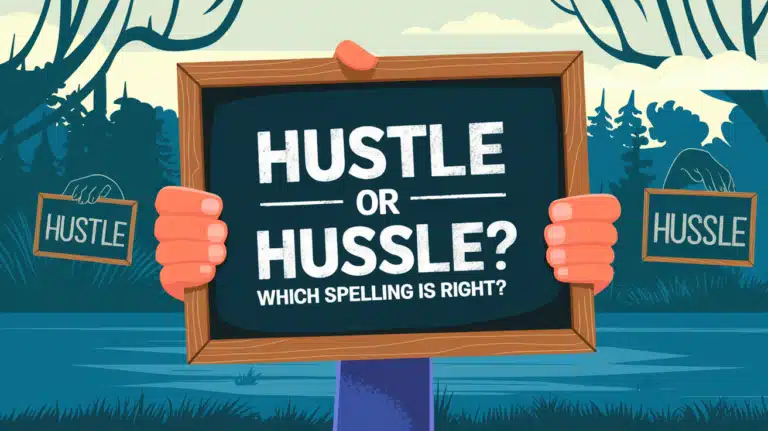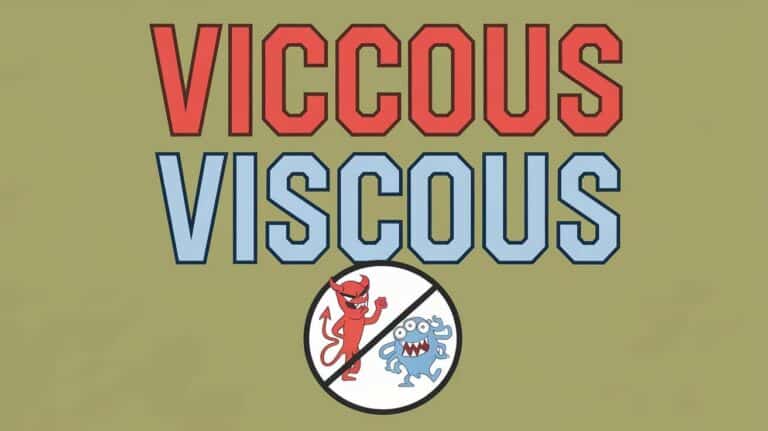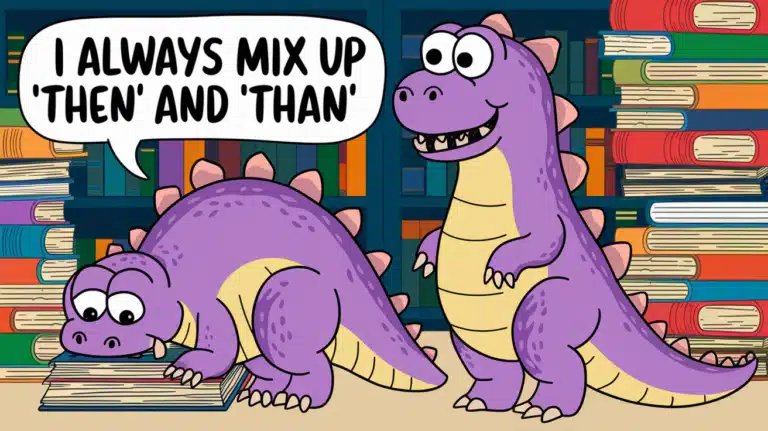Goodmorning or Good Morning: What’s the Difference?
Introduction
Greeting people with a cheerful “Good Morning” is one of the most common ways to start a conversation, but some may mistakenly use “Goodmorning” instead. Is there a real difference between “Goodmorning” and “Good Morning,” and does it matter which form we use?
In this guide, we’ll explore the distinctions, discuss the correct form, and look at tips to ensure clarity in your writing. By understanding the importance of these subtle differences, you’ll strengthen your knowledge of proper English and improve your attention to detail in everyday language.
Understanding Goodmorning vs Good Morning
The English language is filled with compound words, but it’s essential to know which words belong together and which don’t. Let’s dive into the details of “Good Morning” vs. “Goodmorning.”
Definition and Meaning
- Good Morning: This is a polite greeting used to acknowledge someone at the beginning of the day, typically before noon. “Good Morning” consists of two separate words that convey well-wishing (Good) and a specific time of day (Morning).
- Goodmorning: Often used as a common typo, “Goodmorning” is an incorrect, non-standard form that combines the words “good” and “morning” into a single word. In proper English, this spelling doesn’t exist and should be avoided.
Origin and Historical Context
The term “Good Morning” has been used in English for centuries as a courteous way to greet others during the morning time. Historically, separating “Good” and “Morning” reflects the structure of English greetings, as seen in “Good Afternoon” and “Good Evening.” Each part serves a purpose in conveying both well wishes and the time of day, contributing to clear communication.
Good Morning: Definition and Usage
“Good Morning” is a widely accepted greeting in both formal and informal contexts. Its simplicity and clarity make it a universal term in English-speaking cultures.
Standard Usage in Modern English
“Good Morning” is used across various settings to acknowledge the start of the day. Here are some examples:
- Formal settings: Business meetings, work emails, or official greetings.
- Informal settings: Casual conversations with friends, family, or neighbors.
Examples of “Good Morning” in Sentences
Using “Good Morning” appropriately can make a positive impression. Here are examples that illustrate both formal and informal uses:
- Formal: “Good Morning, Mr. Smith. It’s a pleasure to see you.”
- Informal: “Good Morning, Jess! Are you ready for breakfast?”
Regional Variations and Alternative Forms
In different English-speaking regions, slight variations in morning greetings may exist:
- UK English: “Morning” is often used informally, omitting “Good” entirely.
- American English: “Good Morning” is used in both formal and informal contexts, sometimes shortened to “Morning.”
Goodmorning: Definition and Usage
Using “Goodmorning” is considered a misspelling and doesn’t conform to proper English standards. Let’s examine why this mistake is common and how to avoid it.
Read More About : Coach vs Couch: Definitions, Differences, and Examples
Common Misconception and Mistakes
Combining “Good” and “Morning” into “Goodmorning” is a common typo because people may type quickly or incorrectly assume it’s a single word. However, this form is incorrect in English.
- Misspelling alert: To write correct English, always separate “Good” and “Morning.”
Examples of Incorrect Usage
Here are examples of incorrect usage to illustrate how easy it is to slip up:
- Incorrect: “Goodmorning, Sarah! Ready for the meeting?”
- Correct: “Good Morning, Sarah! Ready for the meeting?”
These examples highlight why using the correct form is essential to clear communication.
Side-by-Side Comparison: Goodmorning vs. Good Morning
Here’s a side-by-side table comparison that clearly outlines the distinctions between “Good Morning” and “Goodmorning.”
| Term | Correct Form | Usage | Example |
|---|---|---|---|
| Good Morning | Yes | Standard, polite greeting | “Good Morning, everyone!” |
| Goodmorning | No | Non-standard, misspelling | “Goodmorning, everyone!” (incorrect) |
This table serves as a quick reference, showing why “Good Morning” is the correct form.
Grammar Rules Summary
In English grammar, compound words can sometimes combine terms, but “Good Morning” follows the structure of separated greetings, just like “Good Afternoon” and “Good Evening.” It’s important to keep the words apart to convey the proper meaning.
Using “Good Morning” in Everyday Language
“Good Morning” is one of the most versatile greetings. Here’s how it applies across different situations:
Formal Contexts
In formal contexts, “Good Morning” is polite and professional. Here’s how to use it effectively:
- Emails: “Good Morning, Ms. Anderson. I hope this message finds you well.”
- Business Meetings: “Good Morning, everyone. Let’s discuss today’s agenda.”
Informal Contexts
Casual settings allow for a more relaxed approach, though the greeting remains the same:
- Friends and Family: “Good Morning! Let’s get some coffee.”
- Neighbors: “Good Morning, Mr. Lee! Lovely weather today, isn’t it?”
Additional Cultural Contexts
In some cultures, greetings are tied to specific times of the day. In Japan, for example, “Ohayō gozaimasu” is used in the morning with a respectful tone, much like “Good Morning” in English. Awareness of these variations can aid in clear communication, especially in multicultural settings.
Common Mistakes and Tips to Remember
For anyone wanting to use proper English, here are tips to ensure you always use “Good Morning” correctly:
Quick Memory Tricks
Remember these helpful hints to avoid the common typo of “Goodmorning”:
- Mnemonic: “Good” + “Morning” = Two words.
- Visual reminder: Picture each word with space in between, like “Good Afternoon.”
How Autocorrect and Spellcheck Affect Usage
Autocorrect on phones or computers might not always catch “Goodmorning” as an error, especially if added to the dictionary by mistake. Always double-check your spelling to ensure clear communication.
Summary of Key Points
- Good Morning is the correct form and should always be written as two separate words.
- Goodmorning is a misspelling and not recognized in proper English.
- Use “Good Morning” in both formal and informal contexts to show politeness and attentiveness.
Following these guidelines ensures that your greetings in English reflect both accuracy and respect, allowing for a polished form of expression in any setting.
Conclusion
Using the correct form “Good Morning” instead of “Goodmorning” may seem like a small detail, but it reflects your attention to detail and respect for proper English. By keeping this greeting separate, you ensure clear, polite communication and demonstrate a solid grasp of everyday language. Remember these tips and examples to make the best impression with your morning greeting, whether in a formal email or a casual hello.
By focusing on correct usage, you’ll improve both your spoken and written English, making “Good Morning” a natural, respectful start to any conversation.
FAQ: Goodmorning vs. Good Morning
Why is “Good Morning” Correct, but Not “Goodmorning”?
“Good Morning” follows standard English rules by separating the adjective “Good” and the noun “Morning.” In English, it’s customary to separate words in greetings, which is why “Goodmorning” is incorrect.
Can “Goodmorning” Ever Be Correct in Any Context?
No, “Goodmorning” is not correct in English. It’s always written as “Good Morning.”
What Are Other Common Greeting Mistakes?
Other common greeting errors include:
- Writing “Goodnight” instead of “Good Night.”
- Using “Afternoon” without “Good” in formal settings.
Is It Necessary to Capitalize Both Words in “Good Morning”?
In most formal cases, especially in written communication, it’s common to capitalize both “Good” and “Morning.” However, in casual settings or the middle of a sentence, only “Good” might be capitalized.
How Do Other Languages Use Morning Greetings?
In Spanish, “Buenos días” serves as the equivalent of “Good Morning.” Each language has unique for







